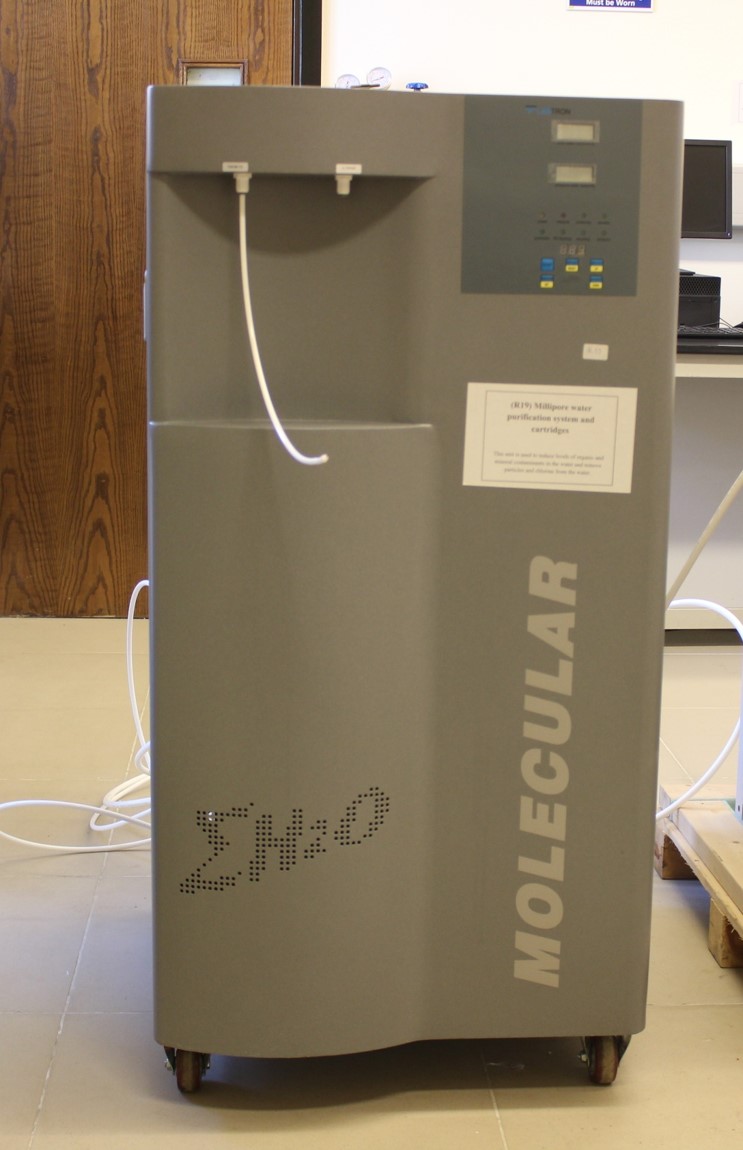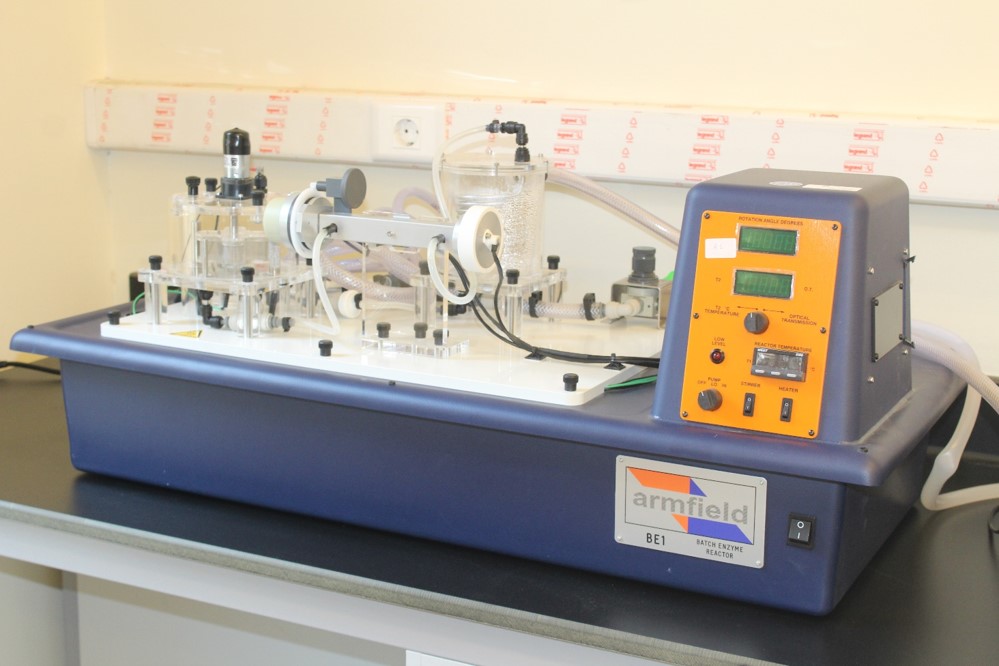
Reaction Engineering and Catalysis Lab
The purpose of the unit is to demonstrate batch enzyme kinetics and enzyme characteristics.
Experiments/Tests
Exercise 1: Determination of Michaelis-Menten rate equation constants
Exercise 2: Effect of temperature on enzyme activity
Exercise 3: Effect of pH on enzyme activity
To allow a full understanding of wastewater treatment processes.
The aeration of wastewater to reduce odor had a purifying effect due to biochemical oxidation and a system was developed that incorporated continuous inflow of wastewater and continuous aeration.
Experiments/Tests:
- Acclimation of a completely mixed biological reactor
- Measurement of Chemical Oxygen Demand (COD) and Mixed Liquor Suspended Solid (MLSS) changes as criteria of performance
- Establishing the stoichiometry and kinetics of aerobic processes
- Gas/liquid mass transfer
- Residence time distributions
- 100% scale-up to industrial requirements
- Studying the effect on the effluent quality of Inflow substrate, concentration (‘loading rate’), Liquid flow rate and reactor volume (‘detention time’), Airflow rate, Temperature, pH stability, Nutrient deficiency
To allow a full understanding of wastewater treatment processes.
Anaerobic wastewater treatment is widely used in developed countries for the treatment and stabilization of this waste sludge.
Experiments/Tests:
Exercise 1: Demonstration of the Two-Stage Nature of the Anaerobic Digestion process
Exercise 2: Demonstration of the Carbon Mass Balance
Exercise 3: Demonstration of the Effect of Temperature
Exercise 4: Demonstration of the Effect of pH Excursions
Exercise 5: Demonstration of the Effect of Hydraulic Loading
Exercise 6: Demonstration of the Effect of Effluent Strength on Chemical Oxygen Demand (COD) Removal
Exercise 7: Demonstration of Nutrient Deficiency
This unit is a cleaning device that uses ultrasound and an appropriate cleaning solvent to clean delicate items.
Ultrasonic cleaners are used to clean metal, plastic, glass, ceramic, dirt, grease oil and more.
This unit is used for separating liquids from solid matter, liquid mixture, or solid mixture by centrifugal force.
This unit is used in cell culture, fermentation, hybridization, biochemistry and research of enzymes and cell tissues, which require a high quality of temperature control and shaking speed.
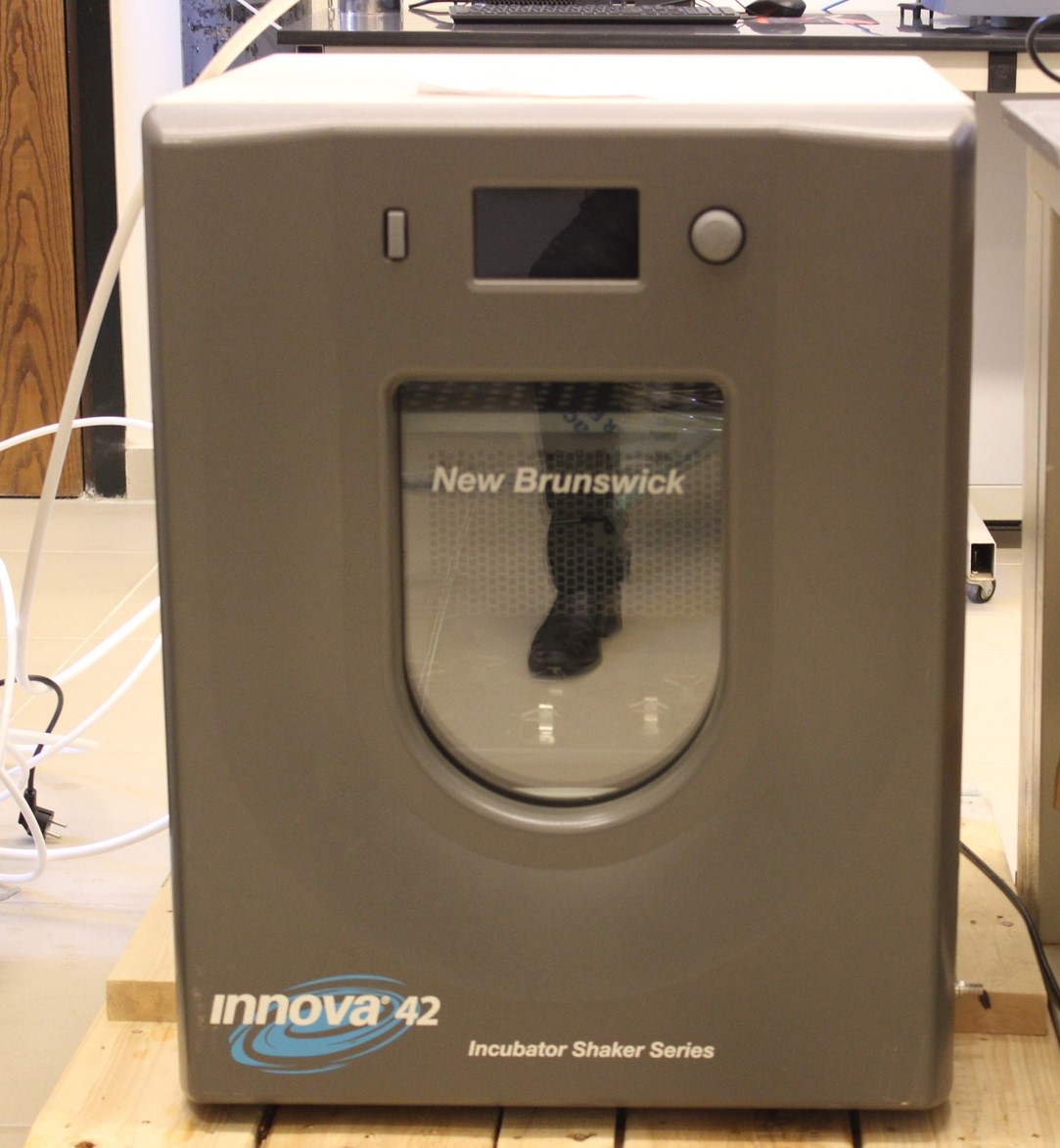
This unit allows users to quantitatively measure the reflection or transmission properties of a material as a function of wavelength.
Applications:
- Traditional Chemistry
- Life Science
- Microbiology
- Food and Agriculture
- Material Science
- Optical Components
- Pharmaceutical Research
- Petrochemistry
- Cosmetic Industry
This unit uses an echelle optical design and a Charge Injection Device (CID) solid-state detector to measure trace elemental concentrations in a wide range of samples.
This unit delivers superb performance and productivity. With its broad analytical capabilities, this powerful instrument is allowing full wavelength coverage while retaining high sensitivity.
This unit is suitable for usage in various attachments for mixing liquids in bottles, flasks, test tubes and bowls for a maximum supported weight of 2 kg.
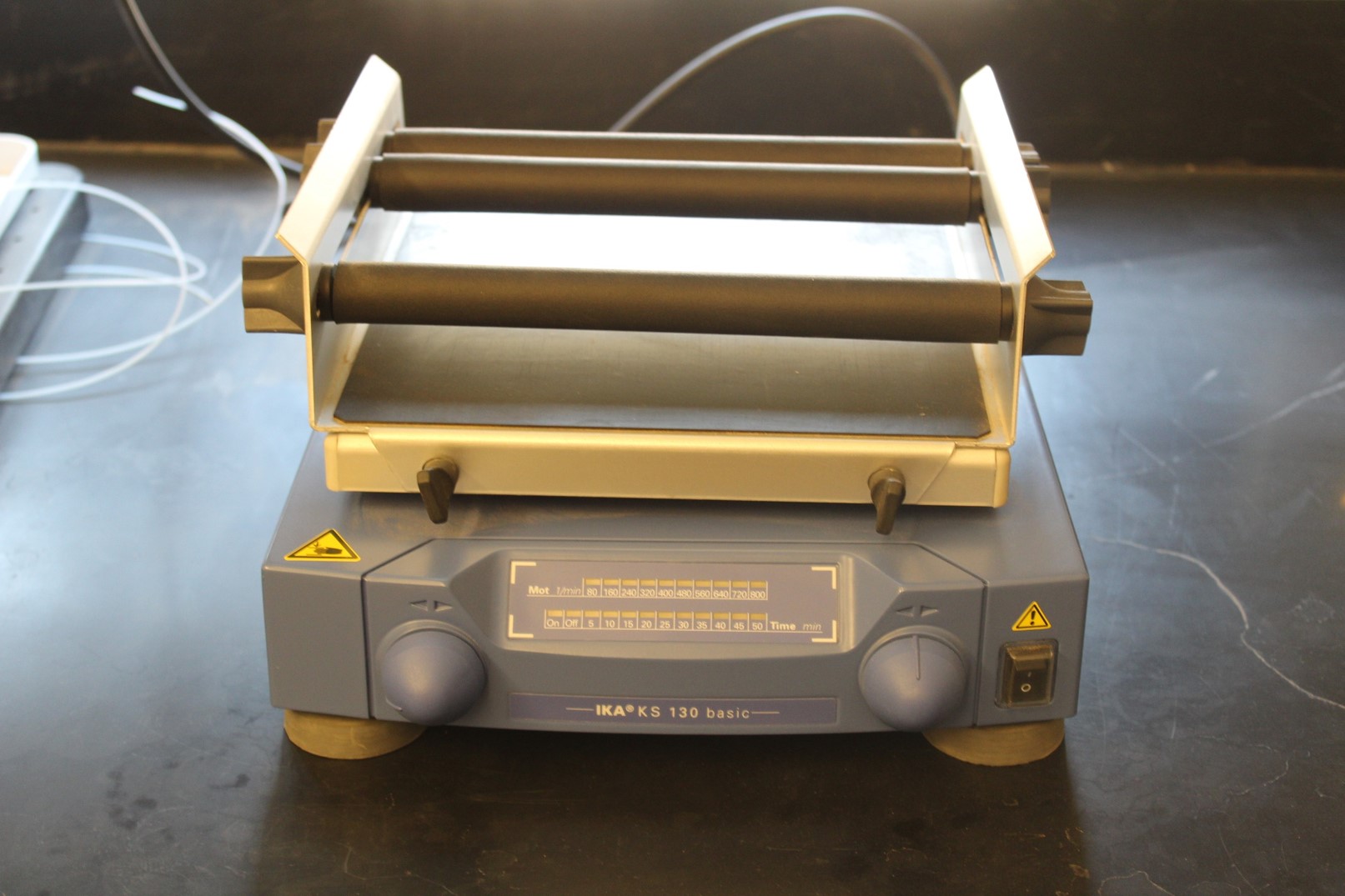
This unit is used for tissue culture, sample extraction, sedimentation rate determination, chemical analysis of radio-immunity, Deoxyribonucleic Acid (DNA) isolation, etc.
This unit is used for rapid mixing and agitation of samples.
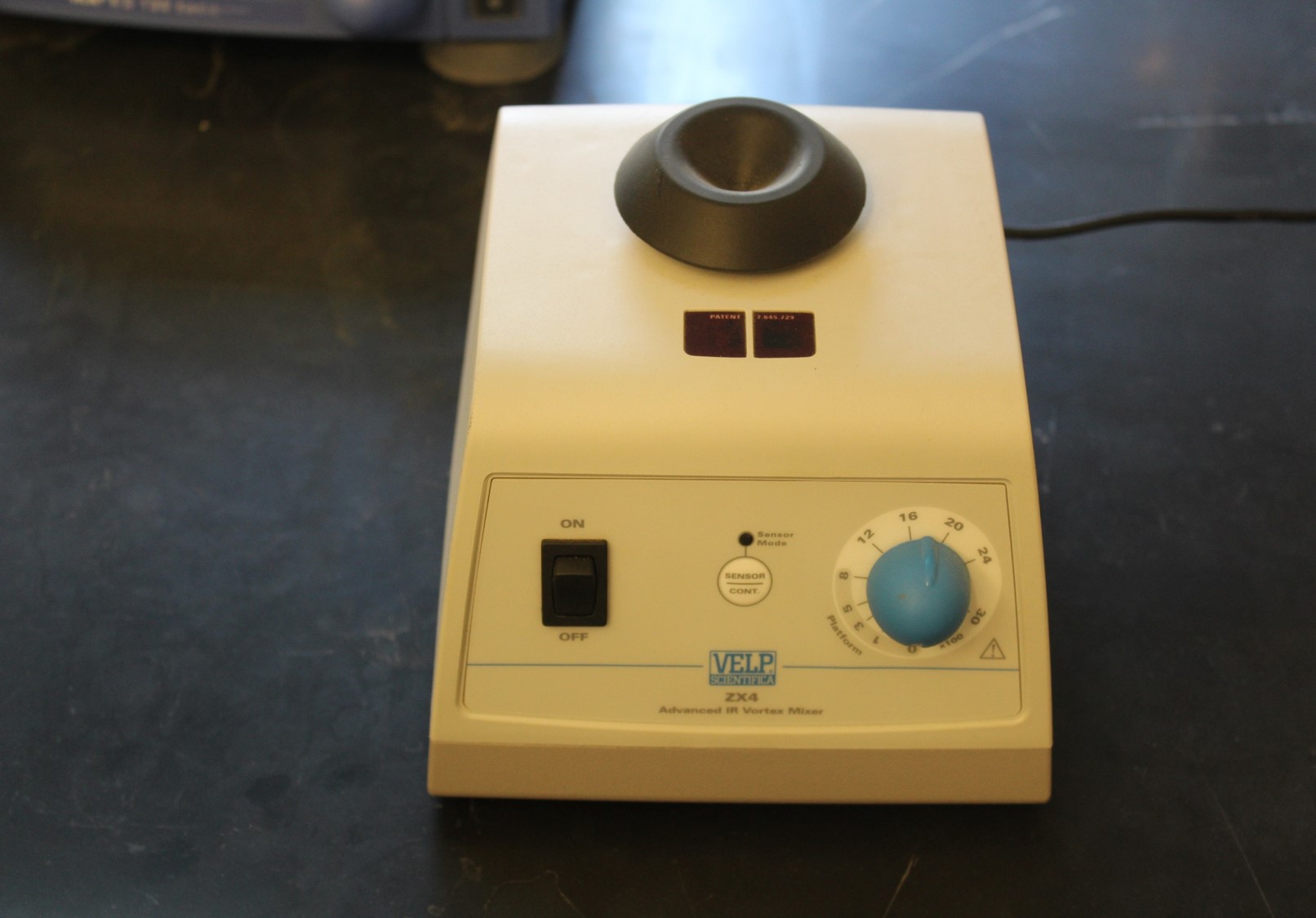
This unit is used for heating liquids and stirring them automatically.
This unit is an electric device used to measure hydrogen-ion activity (acidity or alkalinity) in solution.
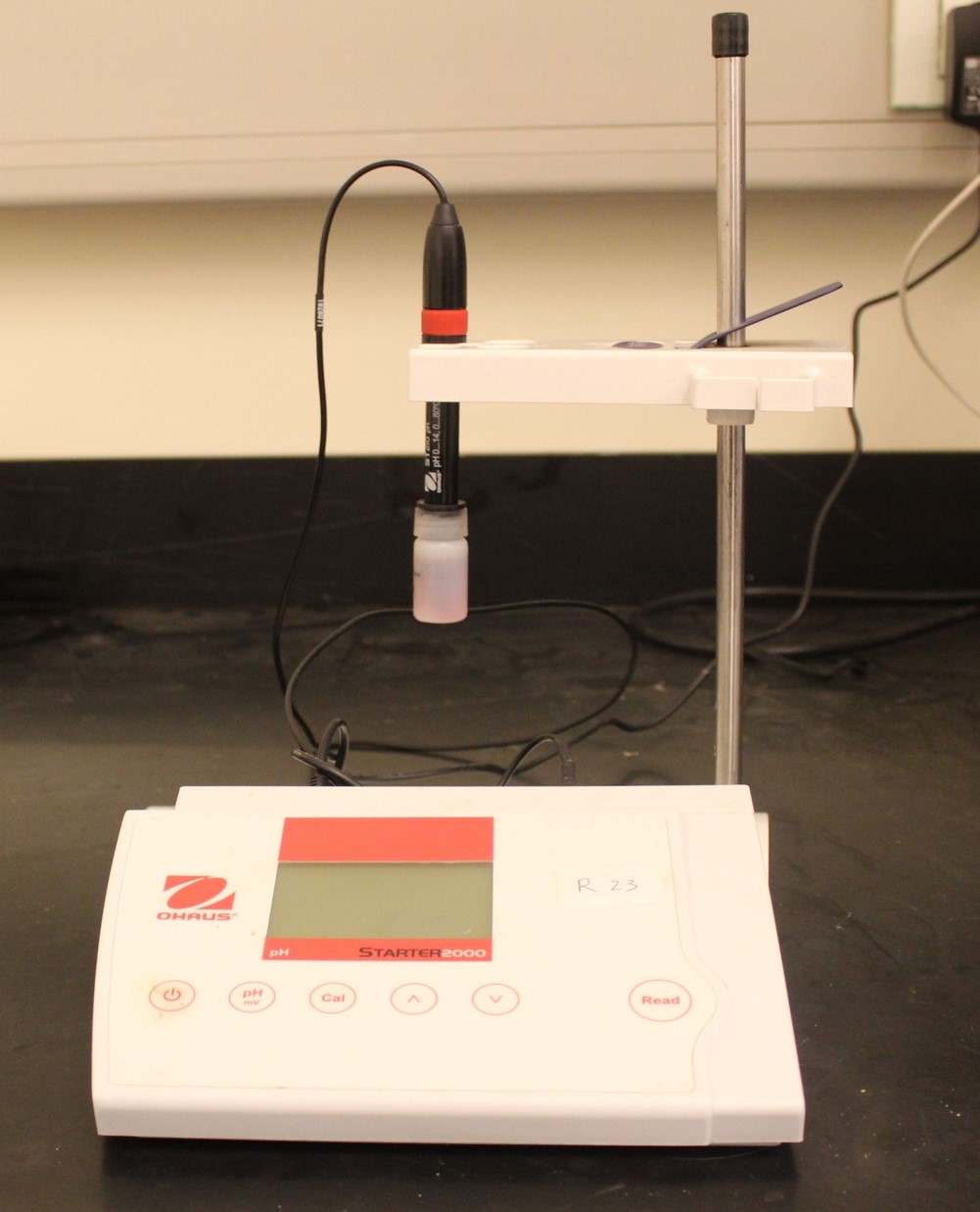
This unit is used for measuring conductivity, Total Dissolved Solids (TDS), and salinity for surface and impure water.
This unit is used to completely break down samples such as metals, pharmaceuticals, plants, soil, or food so they are ready for elemental analysis.
This unit is designated for carrying out high-pressure and temperature reactions, mainly hydrogenation.
The Autoclave, Reactor, and Pressure Vessel are used for high-pressure and temperature reactions chemically suitable to the autoclave, such as:
- To invent new chemicals
- To produce chemicals in small quantity
- For pilot plant purposes
- For quality control and process improvements
- To study reaction parameters
- For heterogeneous mixing
- To carry out catalytic reactions
- To carry out exothermic or endothermic reactions
- For corrosion studies
This unit is used for research purposes in terms of natural gas and other main gases decomposition in addition to food and drug analyses.
To determine a material's thermal stability and its fraction of volatile components by monitoring the weight change that occurs as a sample is heated at a constant rate.
This unit is most often used for delicate drying processes, such as drying tiny parts or removing flammable solvents. The low-pressure environment also minimizes oxidation during drying. This vacuum oven can operate at temperatures as high as 200 degrees C.
This unit is used for a broad range of thermal processes, including inorganic and organic purification, accelerated aging; annealing, coating, drying, and much more. As a result, they have proven integral in a broad range of heat treatment markets.
This unit is used to reduce levels of organic and mineral contaminants in the water and remove particles and chlorine from the water.
